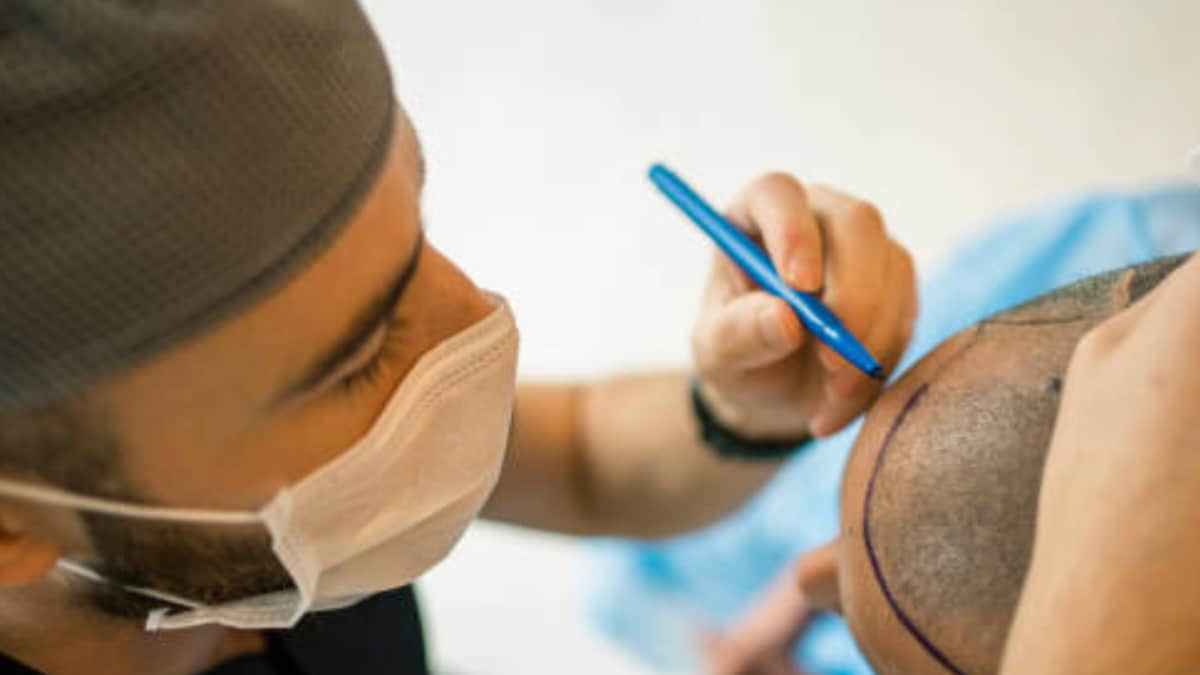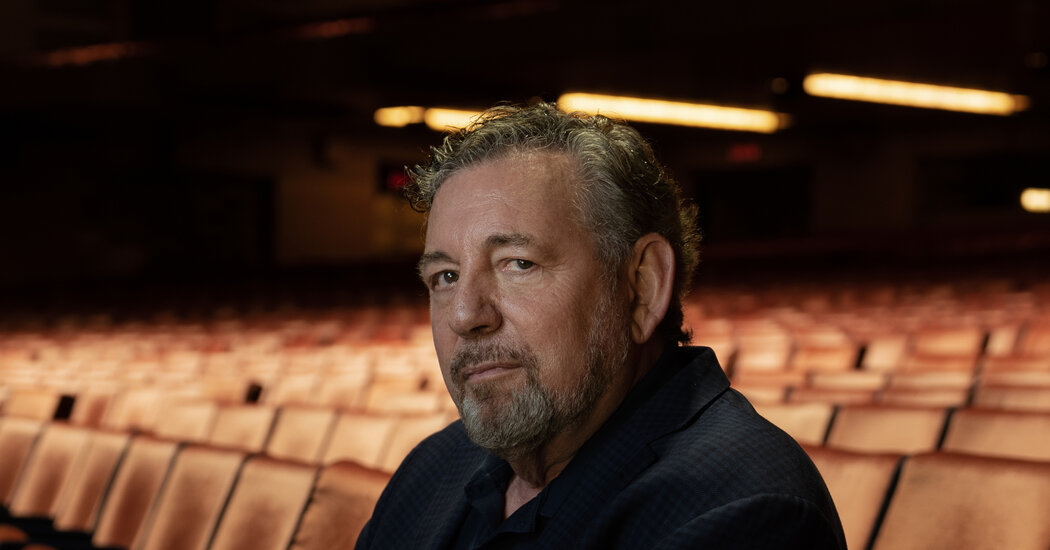Patients may experience some discomfort after surgery, such as mild pain, swelling, and discomfort in the donor and recipient areas. (Image: Shutterstock)
The hair transplant procedure involves moving hair follicles from a part of the body with dense hair, known as the donor area, to a bald or thinning part.
Without a doubt, technological advances have transformed the world around us. Also gone in the beauty industry are the days of large hair transplant procedures that formed linear scars. Modern techniques have made it a more viable and attractive option for people experiencing hair loss. Over time, hair transplant procedures have gained popularity in India due to increased awareness and demand among men and women. However, these beauty enhancements often come with a hefty price tag that can burn a hole in your pocket.
According to a report in India Today, the cost of a hair transplant varies depending on factors such as the clinic, the number of grafts required and the experience of the surgeon. In Turkey, the average cost ranges between $1,500 and $3,500 (approximately Rs. 1,24,000 and Rs. 2,90,000), while the cost in India is also competitive, ranging between $1,000 and $3,000 (approximately Rs. 83,000 and Rs. 2,50,000). rupees), depending on similar factors.
Procedure
The hair transplant procedure involves moving hair follicles from a part of the body with dense hair, known as the donor area, to a bald or thinning area, called the recipient area. There are two main methods of hair transplantation: Follicular Unit Extraction (FUE) and Follicular Unit Transplantation (FUT). The procedure begins with local anesthesia, followed by hair extraction, preparation of the recipient part, and implantation of the hair follicles. Transplanted hair typically falls out after a few weeks, but begins to fully grow back in about a year.
Follicular unit transplantation involves removing a strip of scalp from the donor area, dissecting individual follicular units, and implanting them in the recipient area.
In follicular unit extraction, individual follicles are removed using a microdrill directly from the donor area and then transplanted.
Aftercare
Patients may experience some discomfort after surgery, such as mild pain, swelling, and discomfort in the donor and recipient areas, which can be reduced with prescribed pain relievers and proper aftercare. While hair transplants are generally safe, there are some risks to be aware of, such as infection, unnatural-looking hair growth, scarring, and folliculitis.
Therefore, surgeons instruct patients to keep the scalp clean, avoid direct sunlight, and avoid strenuous activities for a few weeks. It is also important to wash your hair according to your surgeon's instructions and take prescribed medication to prevent infection and reduce swelling.
Alternatives
Many people may be curious whether this anti-hair loss therapy hurts or not. Generally the procedure lasts between 4 and 8 hours, depending on the person. Patients do not feel pain during surgery as the procedure is performed under local anesthesia. If you do not want to undergo hair transplant treatment, you can also opt for non-surgical options such as medications (minoxidil and finasteride) to stop hair loss and stimulate hair growth. Other alternatives include low-level laser therapy (LLLT), which uses light to promote hair growth, and scalp micropigmentation, which involves tattooing small dots on the scalp to create the illusion of fuller hair. .
Apart from that, hairpieces, wigs and hair extensions can also be a temporary solution to the problem of hair loss. Platelet-rich plasma (PRP) therapy is another effective treatment in which a person's blood is used to promote hair growth.
However, it is important to know that each alternative has its benefits and limitations, and its effectiveness varies from person to person.












